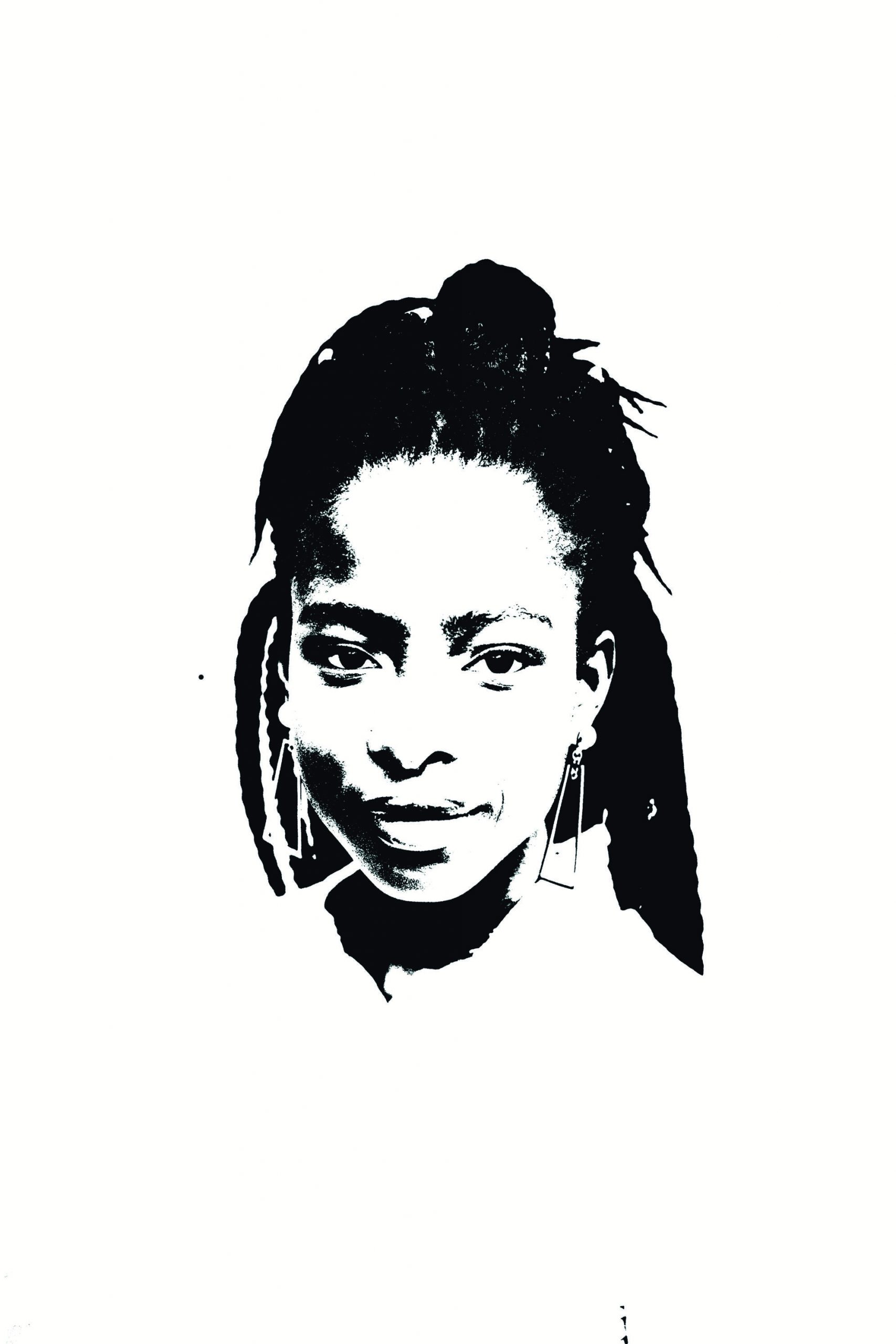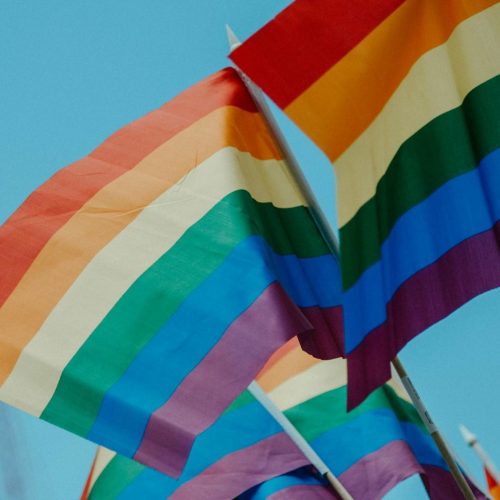Amanda Gorman | The Voice of Change
Who is Amanda Gorman and why is she almos everywhere? After reading an original poem at President Joe Biden’s inauguration and being featured at Time's Cover, the 22-years-old Amanda Gorman became this week the first poet to perform at Super Bowl. One year ago, on our Print Issue 4, we published a huge article about this award-winning writer and cum laude graduate of Harvard University. Inspiring, mind-shaking and powerful.
NOTABLE ACHIEVEMENTS

© Stephanie Mitchell
“Imagine the revelation to be found when we re-examine the poetics of a shared past." –Amanda Gorman.
LIFE BEFORE THE PUBLIC STAGE
“I understood at a young age while reciting the Marianne Deborah Williamson quote to my mom: ‘Our deepest fear is not that we are inadequate, our deepest fear is that we are powerful beyond our measure.” – Amanda Gorman.
FUTURE ASPIRATIONS
Although she is used to performing her poetry in a traditional arena, Gorman is now working to integrate music, dance and spoken-word into her pieces. In 2018 she opened The Women in the World Summit with a special performance alongside choreographer Sherrie Silver at Lincoln Center. The artist hopes her future work will continue to bridge the divide between these mediums showing she is not bound to a single line of expression, while at the same time, challenging the expectations put on her. “I’m always trying to remind people that I’m so much more than just a poet,” she asserts. “I haven’t even been a poet a long time in this short life that I’ve lived.”
“Through poetry I can speak to both the world’s problems and it’s solutions, as well as the microcosms of conflict inside myself” –says Gorman.
While taking on this more interdisciplinary approach, Gorman says she’s currently trying to touch on deeper personal experiences through her work. “When I think about what I’m most afraid to write about it’s about me and my life,” she says. “For a long time I’ve put up a wall around that so I’m trying to dig into it.” Now, after a few years in the spotlight, where her focus was situated on a greater society, she is now exploring her poetry as a means to explore the so-called “imperfect” pieces of herself and navigate the intersectional of her identity. “There’s a lot of things that make up the shape of who we are and rather than trying to change those parts, I’m just trying to invite them in and write them down.”
Between courses in sociology and her laureate obligations, she continues to lead One Pen One Page, an non-profit she founded in 2016. She is also putting the final touches on She the People, an experiential 360 virtual reality project that seeks to empower teenage girls and to teach teens how to be more empathic of each other's cultures and communities. Gorman says she “became enraptured with the idea of virtual reality as a form of empathy-building.” Using her OZY Genius Grant, she hopes to tell a national story through the powerful lens of gender, race, identity, and social change. "I saw how rarely are young women and girls the focus of such exploits…since women, and especially women of color, face impediments in the tech industry, we don’t see the representation we need in the technological realm of virtual reality storytelling” she says. With her twin sister Gabrielle she also started a YouTube channel, called The Gorman Girls.
Amanda Gorman is not only expressive through her writing. She notes that her relationship with her clothes, and the way she styles her hair, gives her a silent mode to pay homage to her black heritage, her sociopolitical beliefs, as well as her own character. “My body is a canvas and fashion is the paint” she explains, “I think especially for women, when our outward appearances can be so heavily scrutinized, it is always rejuvenating to see women wearing clothes that speak to who they are on the inside.” Gorman implores us to stop seeing women and girls through a social projection of beauty, but by the decisions and choices she makes in how, when, and why she wants to present her inimitable self. Most recently, she has been working with Prada as a reporter on their Re-Nylon Project, which uses regenerated nylon made from recycling plastic materials gathered from oceans, fishing nets, and textile fibre waste.
“I’ve learned that art, design, and creativity are at the heart of sustainability and what it means to imagine a better, environmentally friendly future” says Gorman.
CONCLUSION
Amanda Gorman’s story shows us how a young woman finds her voice, and uses it to empower others. She employs empathy as a weapon against injustice. She shows us that artists can be politicians, leaders start by listening, and education is at the heart of change. She sees no boundaries between the disciplines of society, and engages all of them to work towards solutions. “It’s not enough for me to write,” says Gorman. “I have to do right as well.” Her voice, her talent, her life is not for profit, but improvement. Interdisciplinary activism — use your voice for something greater than yourself.
The Article “Amanda Gorman | The voice of Change" was published in Luxiders Magazine Print Issue 4.
Buy it here.




